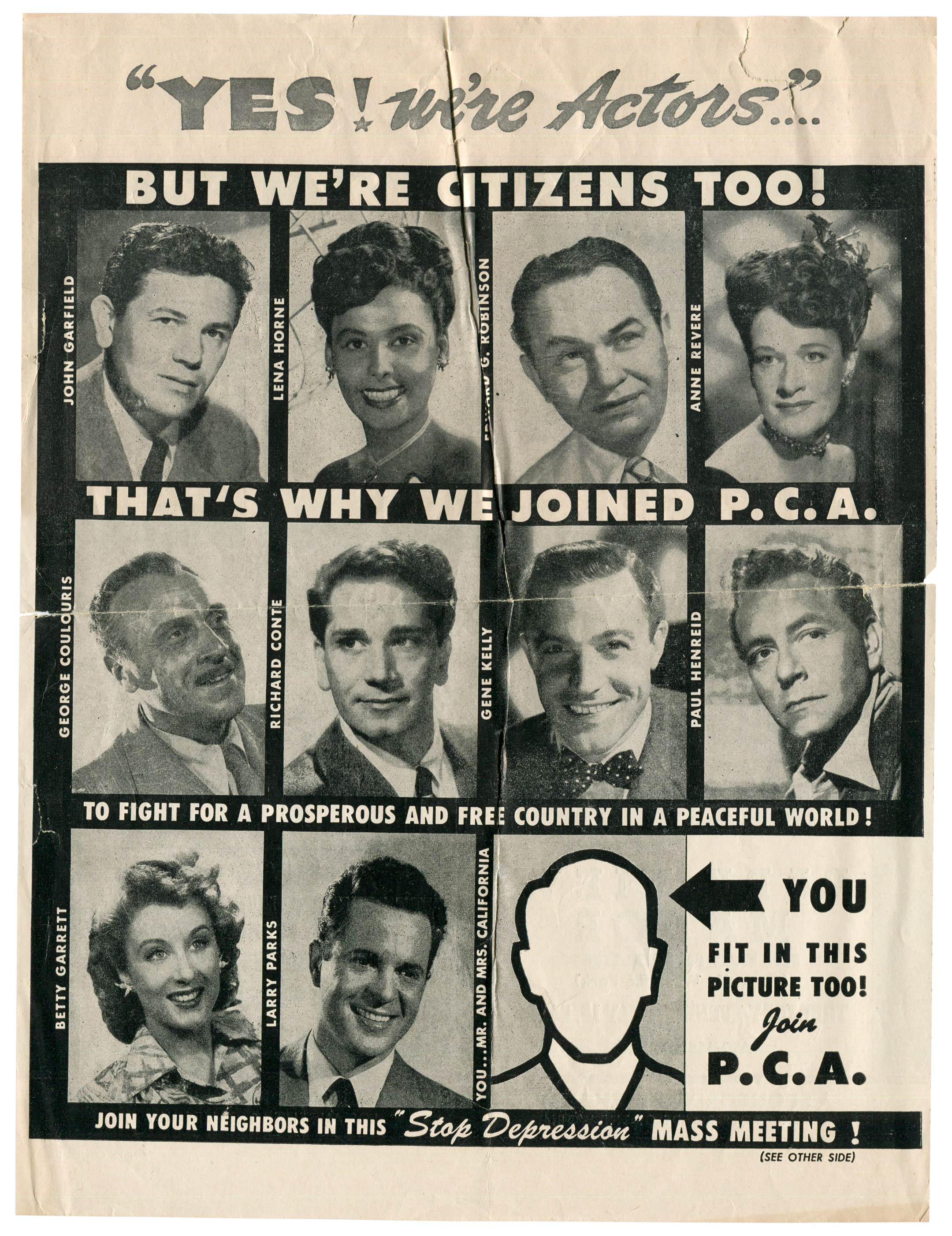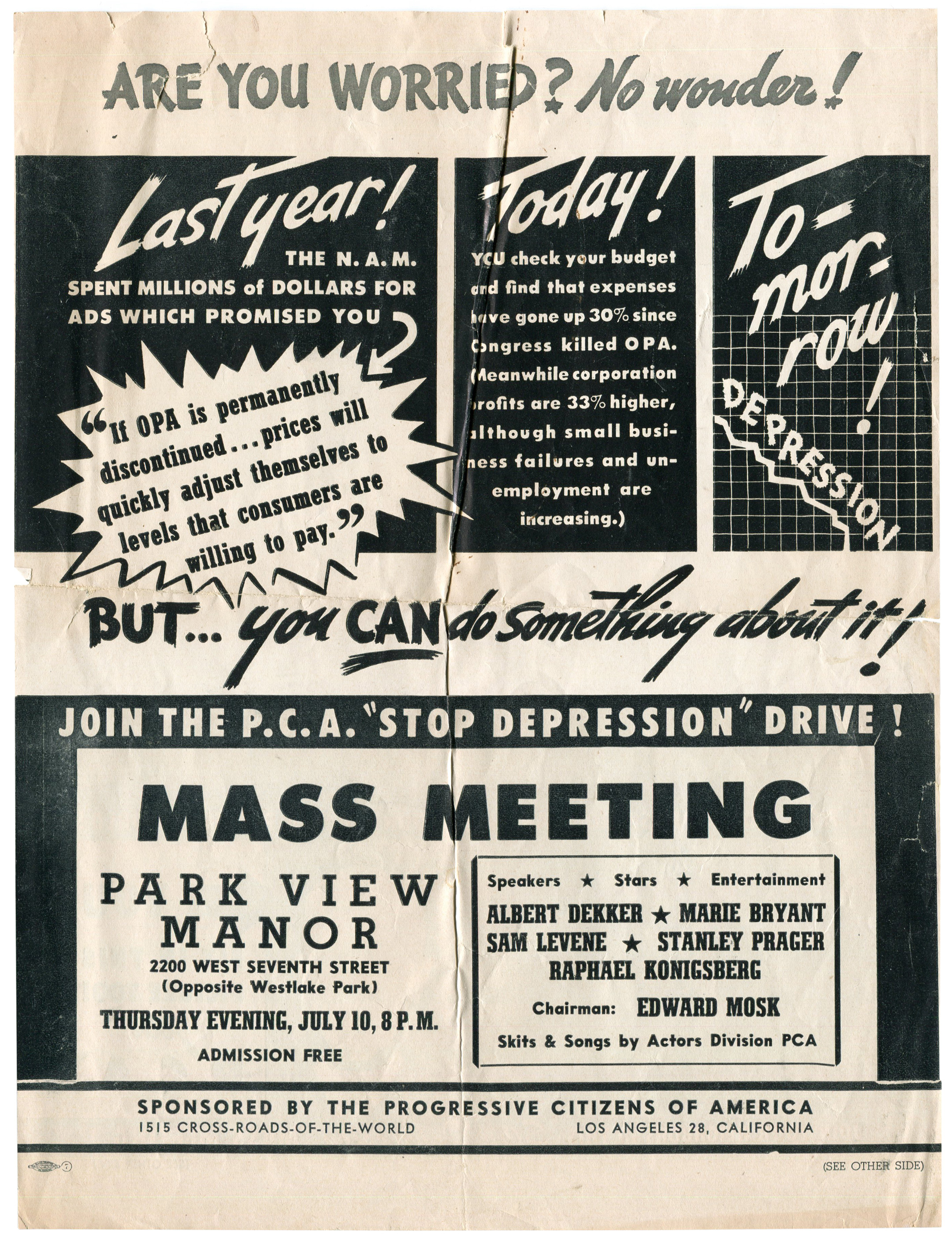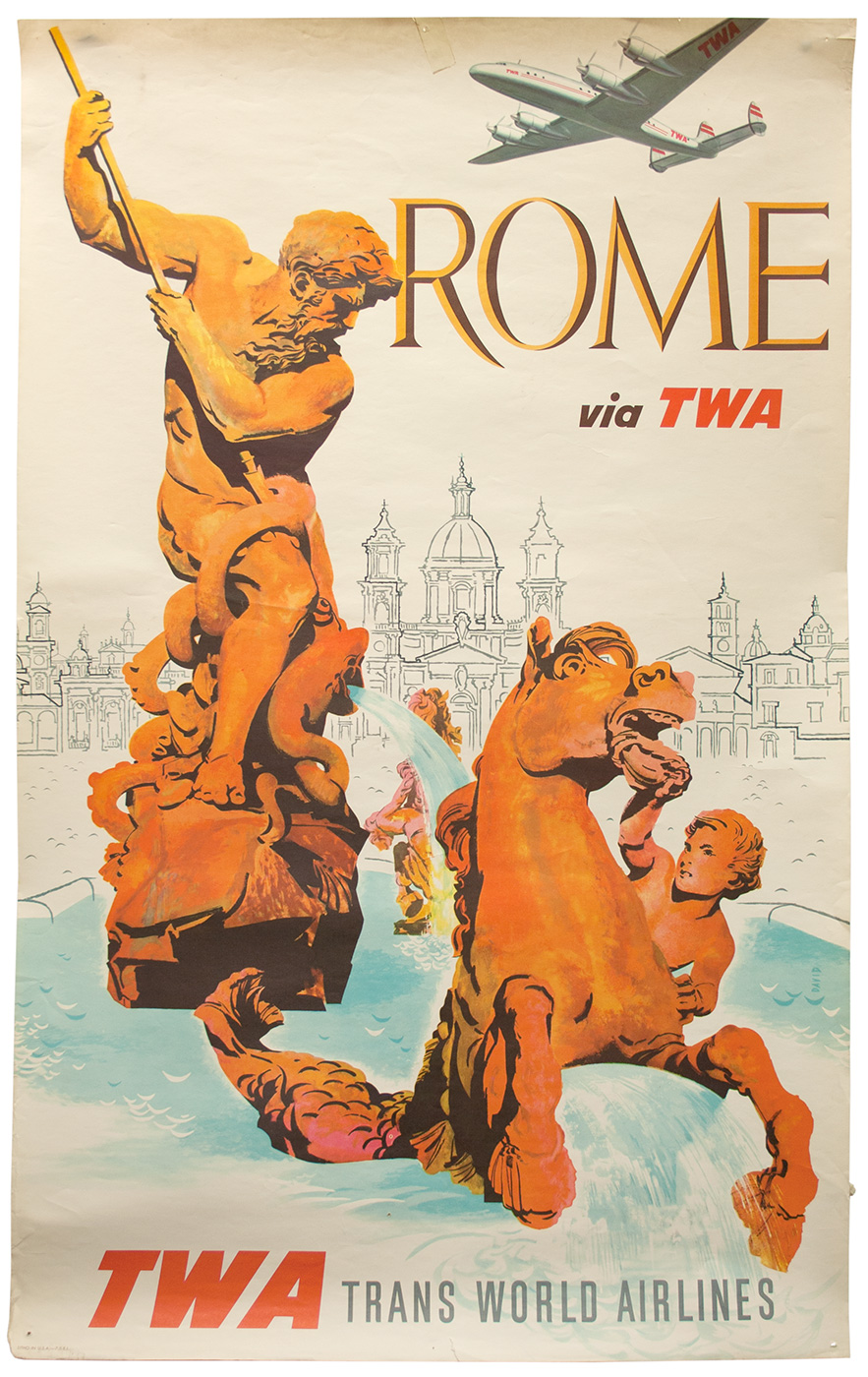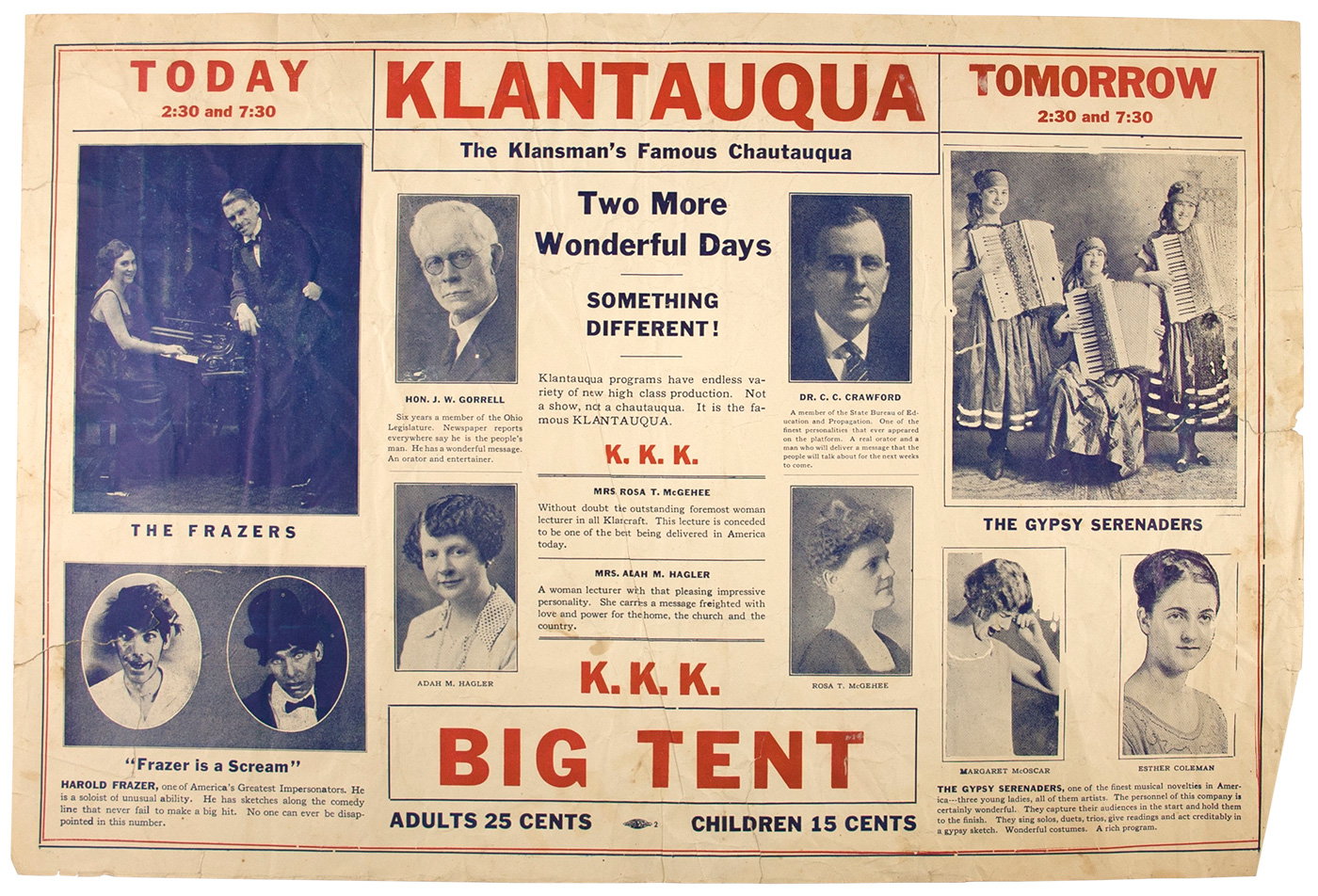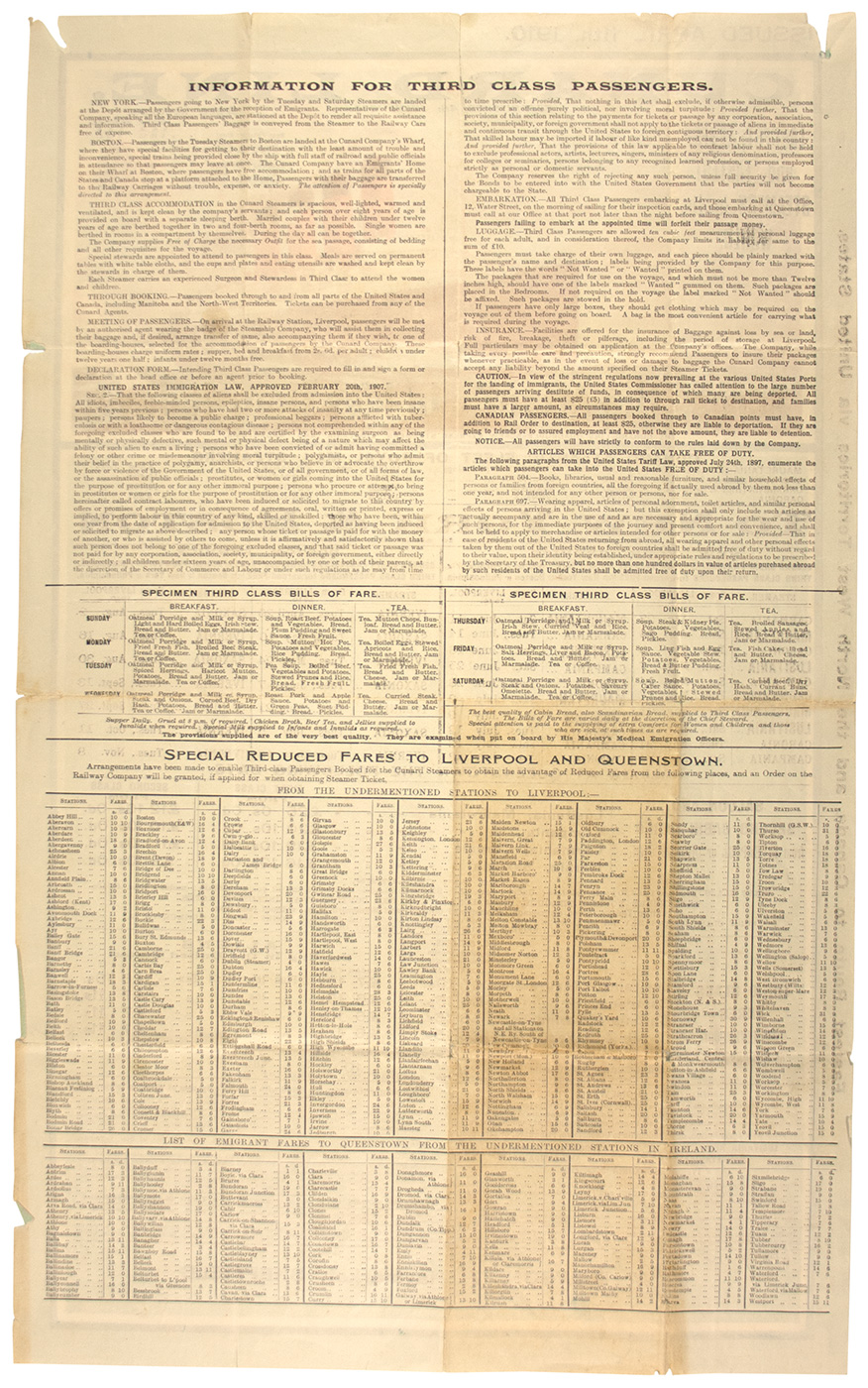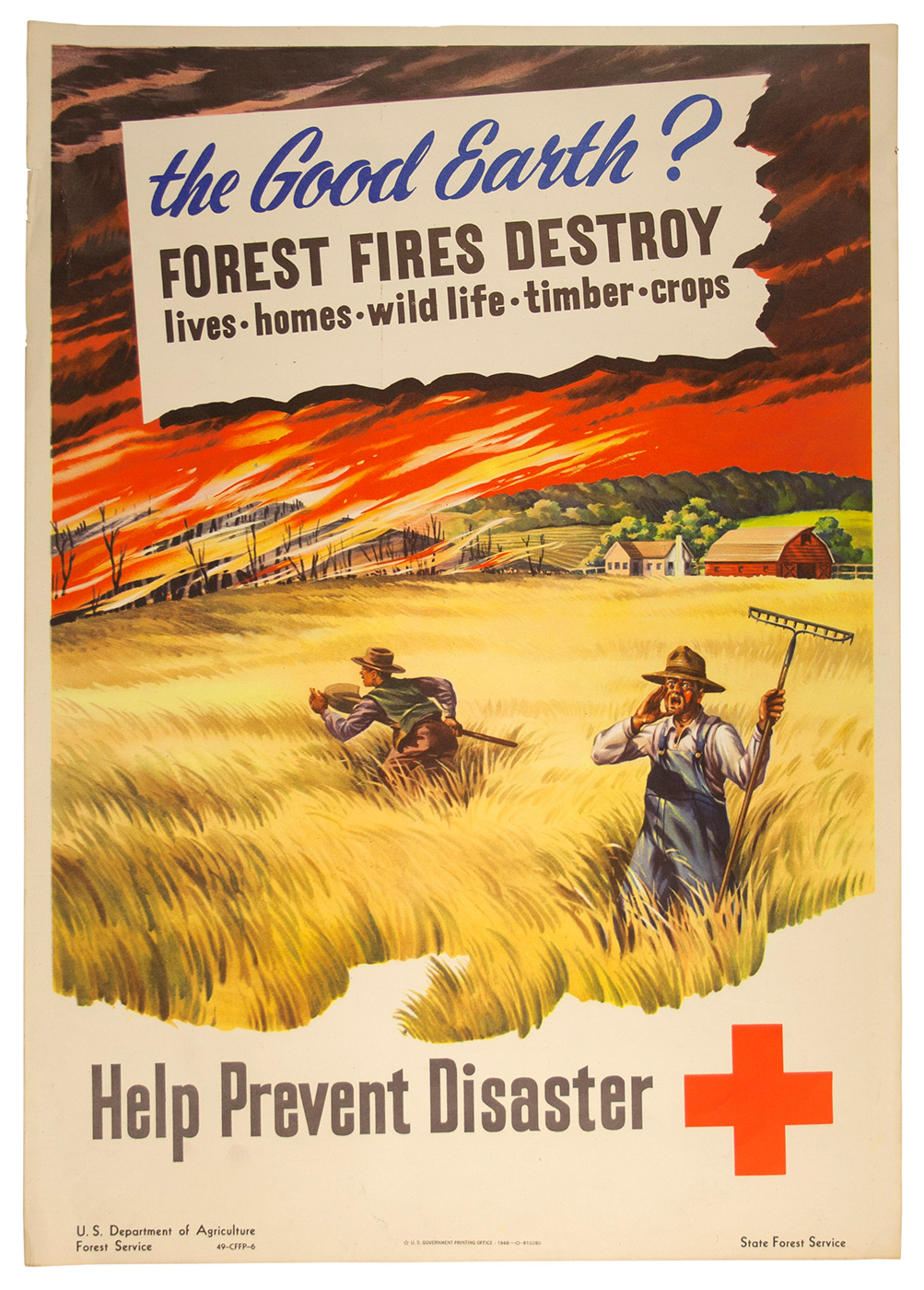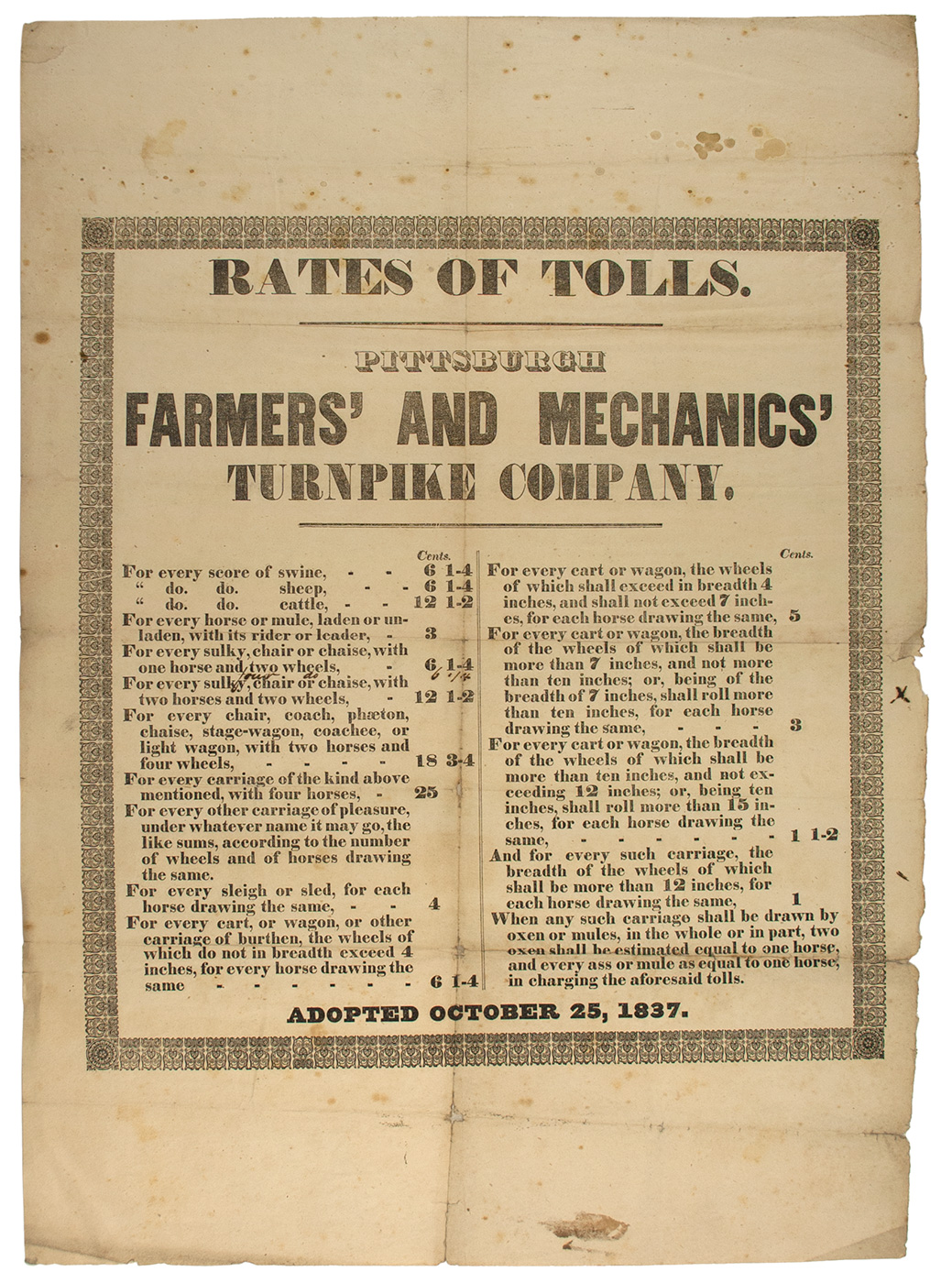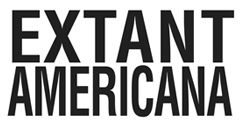The Inman Line: A scarce shipboard menu for Transantlantic passengers in steerage
 A scarce shipboard menu catering to ‘the other half.’
A scarce shipboard menu catering to ‘the other half.’
(Food and Maritime History) Broadside, “‘INMAN’ LINE INTERMEDIATE BILL OF FARE“, 1 page, 265 x 124 mm. (10 1/2 x 4 7/8 in.), c. 1875, a menu for the passengers classified as Intermediate, which is similar to Steerage Class: “Intermediate Passengers are not allowed in the Cabins or on the Saloon Deck, and are subject to the same General Rules and Regulations as Steerage Passengers, but they are landed at New York with the Saloon Passengers.” Meals included an 8 A.M. Breakfast consisting mostly of coffee, bread, porridge and a meat; a 12:30 P.M. Dinner consisting of soup, potatoes, meat, and pudding or cheese; and a 5:30 P.M. Tea consisting of tea, bread and butter, cold meat or jams and gruel. A note informs the Passengers that “The Bill of Fare might be slightly altered according to circumstances.”
The Inman Line Steamship Company was established in 1850, founded originally as the Liverpool and Philadelphia Steam Ship Company. The Line provided transatlantic travel until the company’s liquidation in 1885, when the company’s assets were purchased by the Red Star Line and the American Line.
Usual folds, light creasing, light edge wear (moderate edge wear to bottom margin not affecting content), overall fine condition.
(EXA 5646) $150
